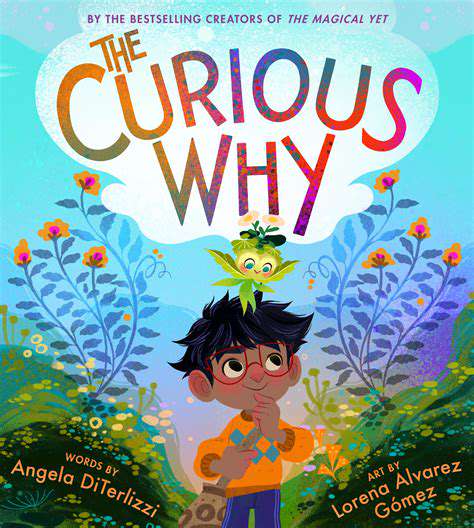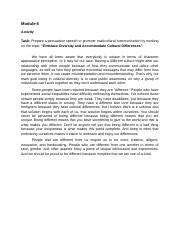A Culinary Tour of Vietnam
A Tapestry of Flavors
Northern Vietnam's food culture is like a colorful painting made from the land's gifts. The green rice fields feed millions, while the misty hills provide special herbs and spices that make dishes sing. This isn't just cooking - it's a way of life passed down through generations. The markets burst with life: piles of fresh vegetables, baskets of spices like ginger and lemongrass filling the air with smells that wake up your senses.
With four clear seasons, the north's cooking changes like the weather. What grows in spring differs from autumn's harvest, and smart cooks use this natural rhythm. There's real wisdom in how they turn simple, fresh ingredients into meals that make your taste buds dance. Nothing goes to waste, and every flavor gets its moment to shine.
The Star of the Show: Phở
Let's talk about Vietnam's famous soup - Phở. Imagine clear broth that's been cooking for hours with spices like star anise and cinnamon, poured over soft rice noodles and thin slices of beef. The magic happens in the pot where bones and spices work together to create something greater than the sum of its parts. Fresh herbs like cilantro and Thai basil add the final touch, their bright green leaves floating like little boats in the golden broth.
Eating Phở is like taking a trip through Vietnam's history in every spoonful. The smell alone can take you to Hanoi's morning streets, where people gather at small shops to start their day with this comforting bowl. It's not just food - it's a warm welcome, a moment of peace in the busy day, and proof that simple things done well can be extraordinary.
Beyond the Broth: Exploring Regional Specialties
While Phở gets all the attention, the north hides many other treasures. Mountain villages serve hearty stews with wild meats and forest vegetables, while coastal towns offer seafood so fresh it still tastes of the ocean. The real secret weapon? Fermented fish sauce and pickled vegetables that add a punch of flavor you won't find anywhere else.
Every area has its own edible stories to tell. The highlands use more grilled meats and wild herbs, while the Red River Delta favors freshwater fish and delicate flavors. What ties them together is respect - for the ingredients, for the seasons, and for the hands that prepare them. Trying these dishes isn't just eating; it's like reading chapters from Vietnam's rich culinary book.
Central Vietnam: A Bridge Between North and South
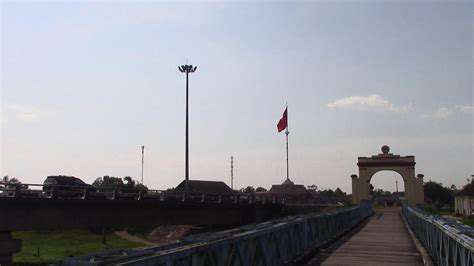
A Tapestry of Cultures
Central Vietnam often gets overlooked between the busy north and sunny south, but it's actually where many cultures meet. From fishing villages to mountain towns, each place adds its own thread to the region's colorful cultural quilt.
This mix didn't happen overnight - it's the result of centuries of sharing and adapting. To really know Central Vietnam, you need to taste its food, hear its languages, and see how different groups live side by side.
Stunning Natural Landscapes
Nature outdid itself here. Picture long sandy beaches meeting turquoise water, then rice fields stepping up hillsides like giant staircases, and finally mountains disappearing into clouds. It's the kind of beauty that makes you forget to blink. Whether you're a photographer chasing perfect light or just someone who needs to breathe, these views feed the soul.
Rich History and Heritage
History whispers from every corner. Ancient temple ruins hide in jungles, old trading ports still smell of spices, and royal tombs tell stories of Vietnam's past rulers. Unlike museums where history sits behind glass, here it's part of daily life - people farm where kings once walked, and fishermen cast nets where trade ships anchored centuries ago.
Delicious Culinary Delights
Central Vietnam's food will make your taste buds stand at attention. Think spicy noodle soups, crispy rice pancakes, and seafood so fresh it practically jumps onto your plate. The flavors here are bolder than the north but more complex than the south - just like the region itself. Meals often come with baskets of fresh herbs and fiery chili sauces that let you adjust each bite to your liking.
Beyond the Main Dishes: Exploring Vietnamese Street Food

The Real Taste of Vietnam
To understand Vietnam, you need to eat like locals do - on small plastic stools at street corners. Morning starts with sticky rice wrapped in banana leaves, afternoons call for crispy banh mi sandwiches, and evenings mean sizzling skewers on sidewalk grills. This is where food stops being fuel and becomes joy.
The magic lies in the balance - sweet with salty, crunchy with soft, hot with cool. A bite of grilled meat gets wrapped in lettuce with herbs, dipped in sauce, and becomes something greater than its parts. Vendors often specialize in just one dish they've perfected over decades, their hands moving with muscle memory as they create edible art for a few dollars.
Sweet Endings and Cultural Immersion: A Complete Vietnamese Culinary Adventure

More Than Just Desserts
Vietnamese sweets tell stories. Coconut milk puddings speak of tropical abundance, sticky rice treats whisper of harvest celebrations, and French-inspired pastries recall colonial history. Each bite connects you to generations of cooks who turned simple ingredients into small moments of happiness.
The best desserts often come from street vendors - maybe a woman who's made the same coconut cakes for thirty years, or a man pushing a cart of flan cups topped with strong coffee. They're not fancy, but they're made with care and meant to be enjoyed slowly, maybe with friends at a sidewalk cafe as the city buzzes around you.
A Full Circle Experience
A true Vietnamese meal doesn't really end - it lingers in the clink of ice in your tea glass, the last crumbs of a sesame cracker, the memory of flavors that surprised you. This is how food becomes more than eating - it's how you carry a place with you long after you've left. Whether it's the burn of chili or the comfort of broth, these tastes become bookmarks in your travel story, ready to transport you back with just one bite.
![How to Travel on Points and Miles [Travel Hacking]](/static/images/27/2025-05/StayingUpdatedontheLatestTravelHackingTrendsandOpportunities.jpg)

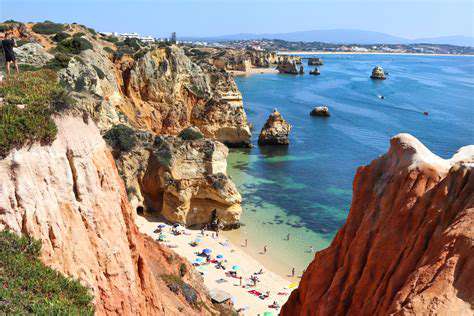
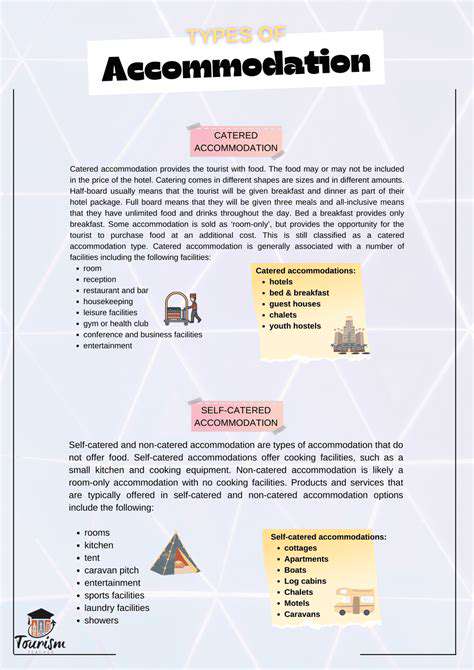


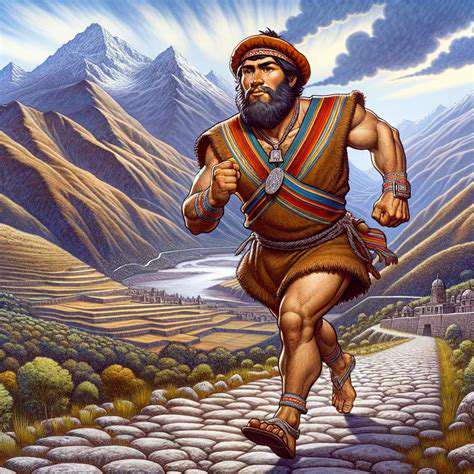
![Tips for Flying with Kids [Stress Free Guide]](/static/images/27/2025-05/PlanningAheadforaSmoothFlight3APre-TripPreparation.jpg)

